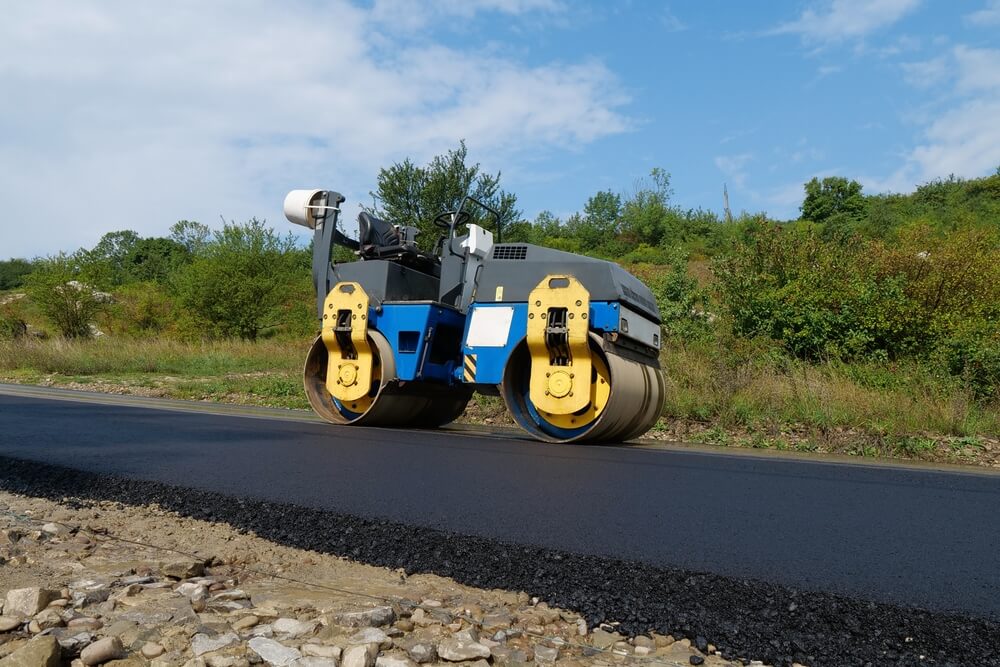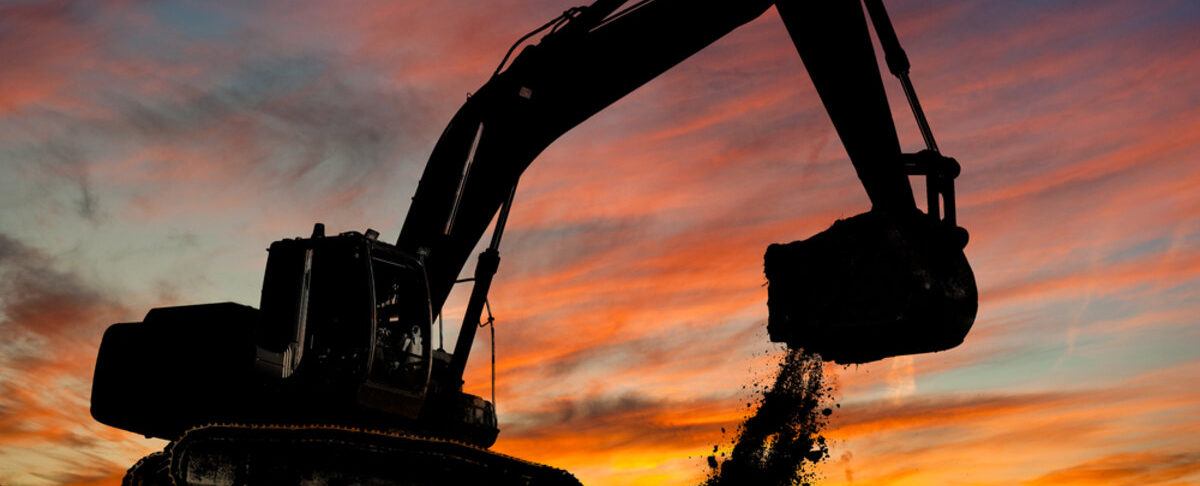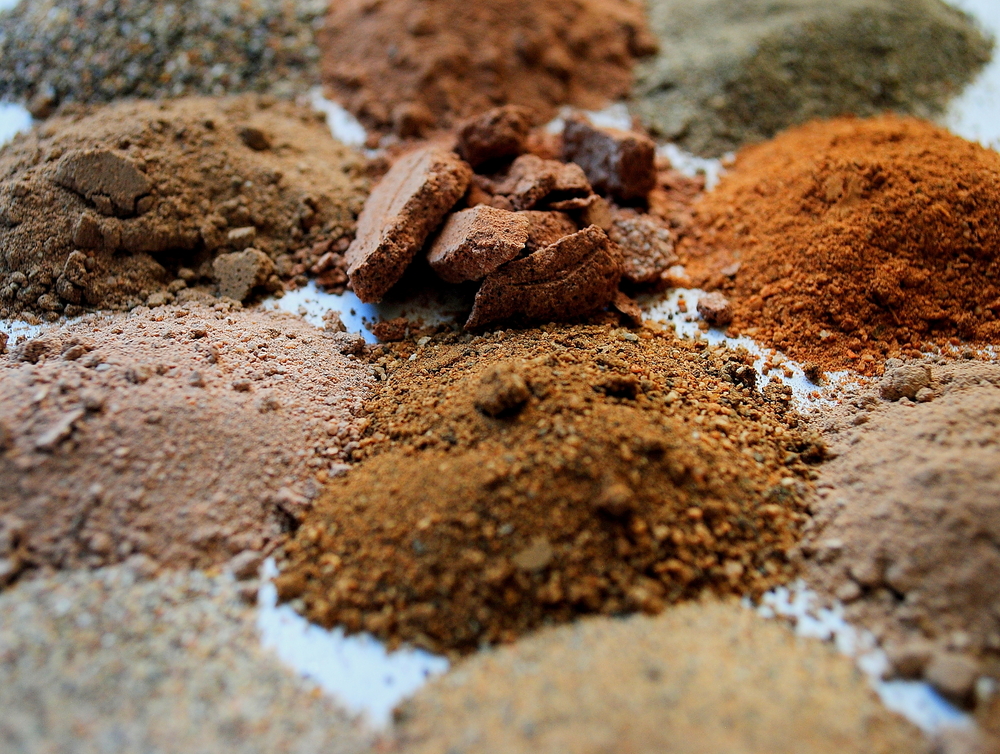Minnesota’s diverse climate poses unique challenges to infrastructure development, with one critical factor often overlooked – the soil beneath our feet. As the foundation of any structure, soil plays a pivotal role in determining the longevity and stability of asphalt structures. This article delves into the intricate relationship between soil types and asphalt foundation structures in Minnesota, shedding light on the profound impact that different soil compositions can have on the state’s roads, highways, and even residential asphalt driveways.
Understanding Minnesota’s Varied Soil Types
Minnesota’s topography is characterized by an array of soil types influenced by factors such as climate, geology, and vegetation. The state features sandy soils, loamy soils, clayey soils, and peaty soils, each possessing distinct physical and chemical properties that significantly impact their ability to support the weight and stresses imposed by asphalt structures.
Minnesota’s topography features diverse soil types, including but not limited to sandy, loamy, clayey, and peaty—shaped by climate, geology, and vegetation. Each soil type has distinct properties that significantly influence its ability to support asphalt structures.
Sandy Soils
Found in glacial deposit regions, sandy soils offer efficient drainage but low cohesion. Prone to settling and erosion, engineers use reinforcement techniques like geotextiles and meticulous compaction during asphalt construction to enhance stability.
Loamy Soils
Spread across Minnesota, loamy soils balance good drainage and moderate cohesion, serving as a reliable foundation for asphalt structures. Engineers leverage their versatility, with moderate cohesion ensuring stability and good drainage, minimizing water-related damage.
Clayey Soils
Dominant in certain regions, clayey soils retain water, causing poor drainage and high cohesion. Engineers address these challenges with drainage systems and soil stabilization techniques, ensuring proper compaction and moisture control during construction for long-term stability.
Peaty Soils
In specific areas, peaty soils, with low bearing capacity and potential for settlement, pose challenges. Engineers turn to alternatives like soil replacement or improvement techniques to enhance load-bearing capacity and reduce settlement, ensuring asphalt structure longevity and stability.
Impact on Asphalt Foundations
The diverse soil types in Minnesota exert a profound impact on the performance and durability of asphalt foundations, particularly in the face of the state’s extreme weather conditions, including freezing temperatures, snowfall, and thaw cycles.
Freeze-Thaw Cycles
Minnesota’s harsh winters subject the soil and asphalt structures to freeze-thaw cycles, where water in the soil freezes and expands, exerting pressure on the surrounding materials. Different soil types respond uniquely to freeze-thaw cycles, influencing the susceptibility of asphalt structures to cracking and deformation.
Sandy soils, with good drainage, may experience less frost heave compared to clayey soils that retain water. Properly designed and constructed asphalt structures take into account specific soil conditions to withstand the challenges posed by freeze-thaw cycles.
Moisture Content
The moisture content of the soil is a critical factor affecting the performance of asphalt structures. Excessive moisture, as seen in clayey and peaty soils, can lead to poor compaction during construction, resulting in reduced stability and increased susceptibility to settlement over time. On the other hand, sandy soils with excellent drainage provide a more favorable environment for asphalt structures.
Engineers implement moisture control measures during construction, such as using appropriate drainage systems and adjusting compaction techniques based on the soil type. These measures aim to optimize the moisture content and ensure the long-term integrity of asphalt structure foundations.
Load-Bearing Capacity
The load-bearing capacity of the soil is fundamental in designing and constructing asphalt structures. Different soil types exhibit varying levels of load-bearing capacity, influencing the design and thickness of asphalt pavements.
Sandy soils with lower cohesion may require additional reinforcement to enhance their load-bearing capacity. In contrast, loamy soils often offer a balanced foundation with moderate cohesion and good drainage properties, making them suitable for supporting asphalt structures. Clayey and peaty soils, with challenges in bearing capacity, require careful engineering interventions to ensure foundation stability.
Best Practices for Asphalt Construction in Minnesota
Given the diverse soil types in Minnesota and their impact on asphalt foundations, engineers and construction professionals follow best practices to optimize performance and longevity:
Site-Specific Analysis
Before commencing any asphalt construction project, a thorough site-specific analysis is essential. This includes soil testing to determine soil type, composition, and engineering properties. Understanding unique soil characteristics allows engineers to tailor construction methods and materials to specific site challenges.
Proper Drainage
Addressing water-related issues is critical in areas with clayey and peaty soils. Effective drainage systems prevent water retention and reduce the risk of soil expansion and settlement. Proper drainage also minimizes the impact of freeze-thaw cycles on asphalt structures.
Compaction Techniques
Achieving proper compaction during construction is crucial for asphalt structure stability. Different soil types require specific compaction techniques to optimize density and reduce the potential for settlement. Compaction efforts should be monitored and adjusted based on soil conditions.
Soil Stabilization
In areas with challenging soil conditions, soil stabilization techniques may be employed to improve load-bearing capacity. This can involve adding stabilizing agents, such as lime or cement, to enhance cohesion and reduce susceptibility to settlement.
Regular Maintenance
The longevity of asphalt structures in Minnesota depends on ongoing maintenance efforts. Regular inspections, timely repairs, and addressing drainage issues can help extend the lifespan of asphalt pavements, regardless of soil type.
Minnesota’s Soil Impact on Residential Asphalt Foundations

The intricate dance between soil types and residential asphalt foundations in Minnesota is a crucial factor in securing the stability and longevity of your home’s infrastructure. Recognizing and overcoming the unique challenges posed by different soil compositions allows engineers to craft asphalt driveways and pathways resilient to diverse climates and environmental conditions. Through personalized site analysis, innovative drainage solutions, meticulous compaction techniques, and effective soil stabilization methods, Richfield Blacktop ensures your residential spaces stay connected, reliable, and safe for many years to come.
Ready to pave the way for a durable home exterior? Contact Richfield Blacktop today. We’re your Minnesota residential asphalt experts, and are ready to help safeguard the longevity of your property!





